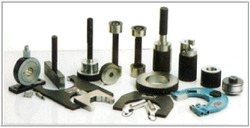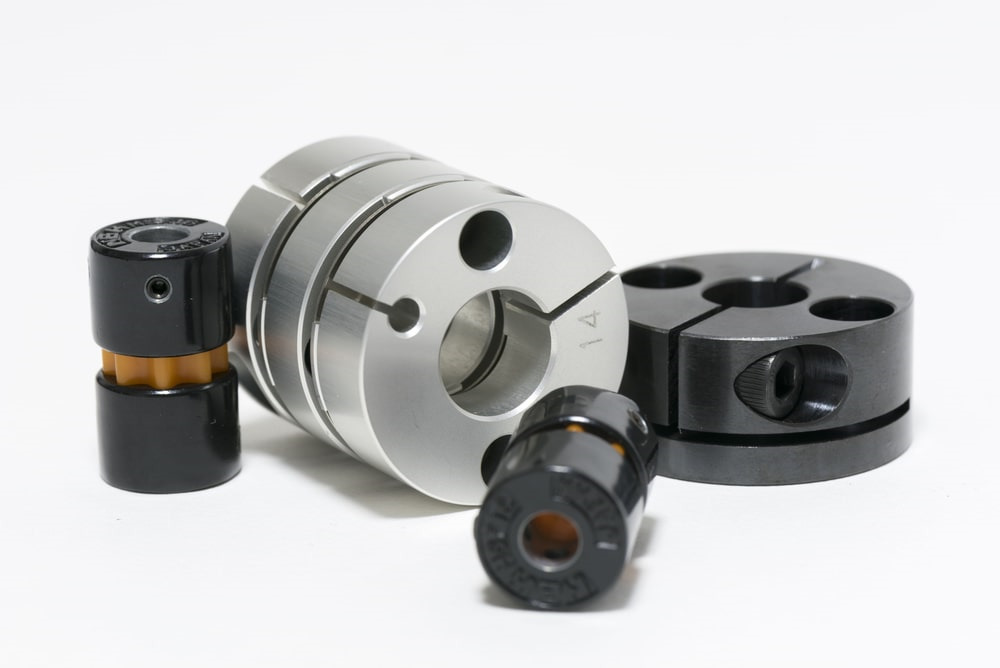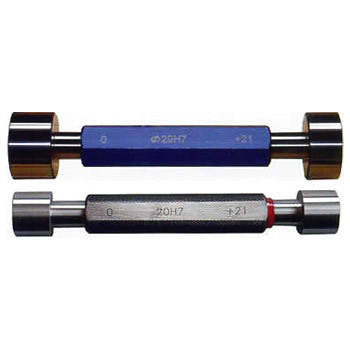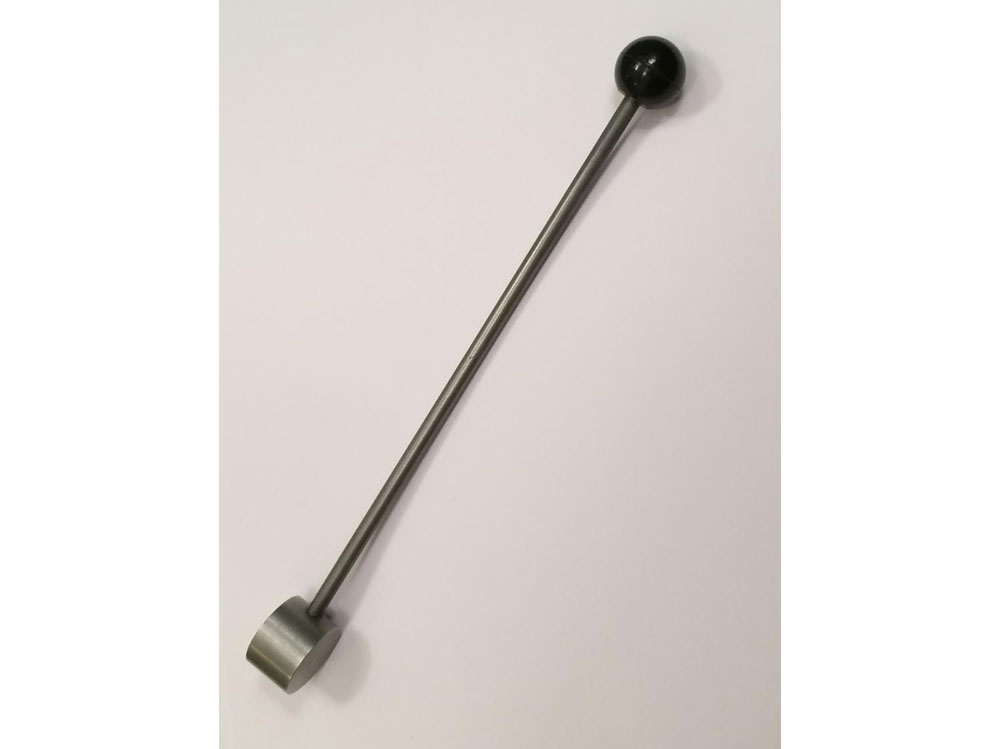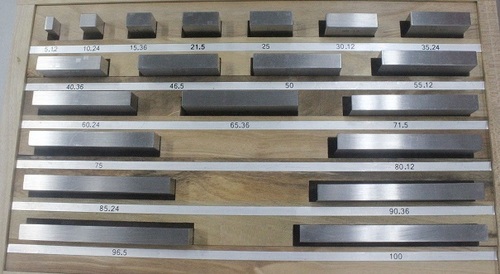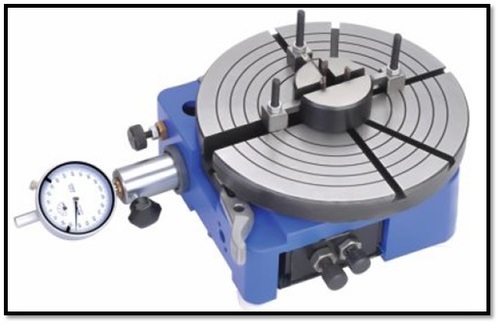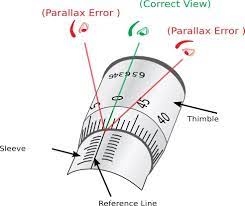Posted inEngineering Metrology & Measurement
Autocollimator
It is an optical instrument used for the measurement of small angular differences. It is essentially an infinity telescope and a collimator combined into one instrument. Principle of Autocollimator: If a point source of light O is placed at the principal focus of a collimating lens, it will be projected as a parallel beam of light. If this parallel beam now strikes a plane reflector which is normal to the optical axis, it will be reflected back along its own path and refocused at the source O. If the plane reflector is now tilted through some small angle „‟, the reflected parallel beam will turn through 2, and will be brought to a focus at O1, in the focal plane, a distance x from O. . If the ray passing through the geometric centre of the lens is considered, as it is, unaffected by refraction, it can be seen that x = 2 f mm, where f is the focal length of the lens. The important points about this…








